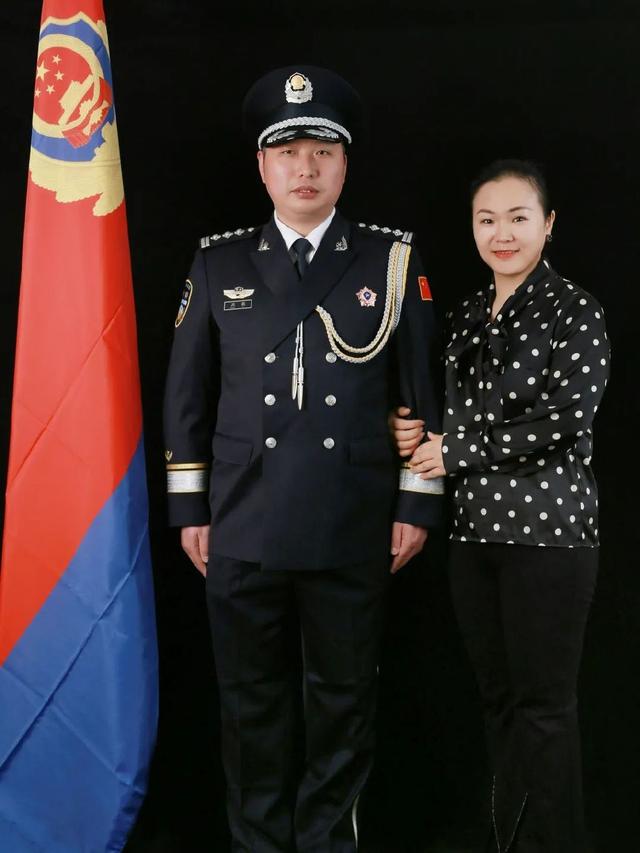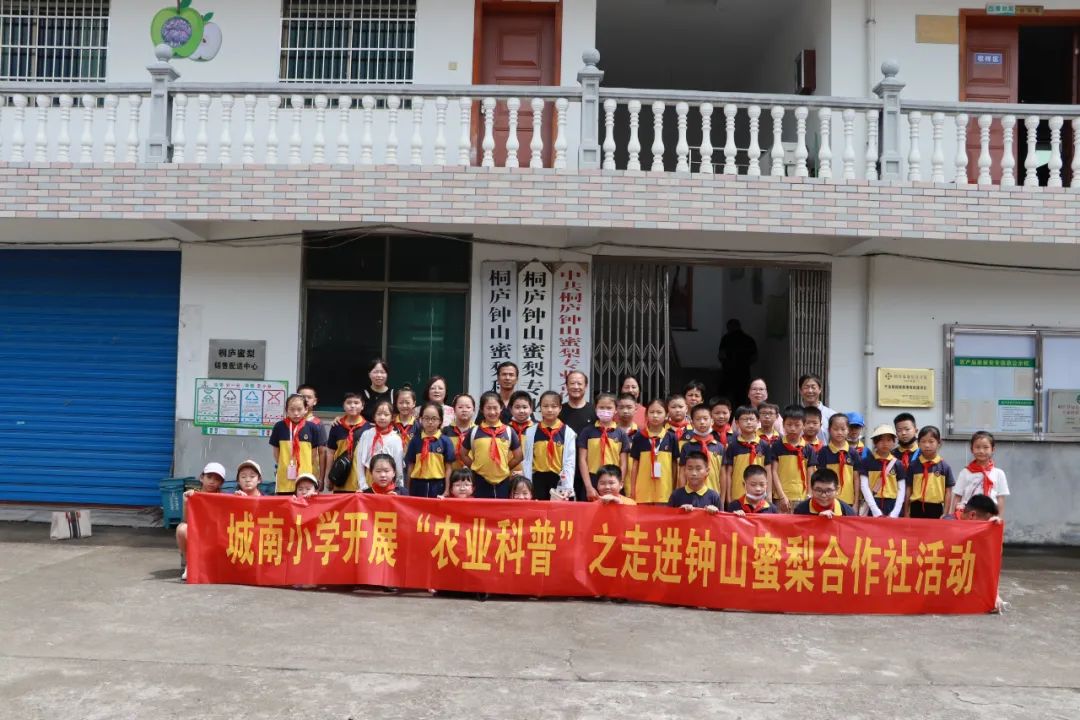Go through time and space!Follow the mural tour graceful Shanxi
Author:Fairview Taiyuan City Time:2022.07.31
Jinci Temple murals across multiple dynasties
Personal dynamics are naturally very dynamic
Ancient Chinese Architecture Museum, the earliest Royal Sacrifice Garden in China, an important part of the ancient Chinese architectural art treasure trove, the first batch of national key cultural relics protection units, the first batch of national 4A -level tourist attractions ... In Shanxi, you can enjoy such a high reputation. There is only a complete collection carrier of the sequence and type sequence of ancient Chinese architecture -Jin Temple. The ancient building, colorful plastic, carvings, gardens, etc. of the Jinci Temple can be called a precious historical and cultural heritage, and the murals of some temples are also Chinese art treasures. Entering the Jin Temple in Taiyuan, Shanxi, to the Temple of the Virgin, the Guandi Temple, and the Gongli Temple, I lamented the exquisite buildings and appreciated the art mural treasure with artistic value.

Jellyfish
Mother Temple of the Virgin Temple, the fairy out of the palace is agile
The Jin Temple, located at the foothills and the origin of Jinshui, 25 kilometers southwest of Taiyuan City, is the temple of the first princes Ji Yu, who worships the first princes of Jin Dynasty in the early days of the Western Zhou Dynasty. The precious historical and cultural heritage of the integration is also the extremely brilliant and magnificent chapter between the 7th and 12th centuries of world architecture, gardens, and carving art.
The cultural relics of the Jin Temple are extremely generous. There are more than 100 buildings such as the palace, hall, building, and pavilion of the Song, Yuan, Ming and Qing Dynasties, more than 100 sculptures since the Song and Yuan Dynasties, more than 30 casting artworks, more than 400 inscriptions in the past, poetry and text, poetry texts There are more than 200 plaques, 96 ancient trees. In addition, the murals of ancient buildings such as the Virgin Hall, Jellyfish Building, and Guandi Temple are also rare in the country. At present, the stock of murals is about 1,000 square meters, which are attached to ancient buildings.
The Virgin Temple was built by the mother of Zhou Chengwang, Ying Jiang. The plastic statue of the Plastic Our Lady in the hall was worshiped as jellyfish in the three generations of Song Jinyuan, and the title was named "Our Lady of Zhaosi". The temple was renamed "Huiyuan Temple". During the Jiajing period of the Ming Dynasty, because a jellyfish building was built on the south side of the Virgin Temple, the Virgin statue in this temple was restored to Yijin.
The content of the murals in the Virgin Hall shows the Twelve Xixian to the Peach Club. Among them, the twelve stream fairy is inferred that the twelve female officers who serve the Queen or the queen queen. Although the hall was later resumed as a serving Our Virgin, the image of the Virgin on the murals in the hall is still the jellyfish. The murals are outlined by the color line, and the stone green, stone green, vermiculite, and cinnabar are set.
The murals inside the Site Mother Building on the south side of the Virgin Temple are available on the north and south walls and west walls. The picture on the north wall is a picture of the eight maids surrounded by jellyfish, and the jellyfish is going out of the palace to patrol. The fairy style is smart and natural, and the clouds above the sky are rolling, and the picture is full of dynamic. The south wall shows the picture of jellyfish return. I saw a waiter in the jellyfish, and there were maids followed. The composition of the picture is similar to the north wall, but the momentum is slow, and the fairy shows a pleasant expression.

Partial part of the Gongzi Temple

Guandi Temple mural partial part
Early comic of Emperor Temple of Wusheng Guanzhuang Temple
In ancient China, there was a cultural temple worshiping Confucius, and there were also martial arts. During the Ming and Qing Dynasties, Wu Temple evolved into Guandi Temple. In the Jinci Temple, there is also a Guandi Temple. There are two murals inside and outside the hall. Among them, there are 76 Guan Yu story maps on the walls in the hall, each with a list of topics, and there are many contents.
Careful tourists will find that these stories are "Seeing Xian", "Jing Horse", "Jieyi", "Mall and Silver" and so on. There are many characters in the murals. It can be said that the shapes of various characters are done on the picture, which is the prototype of early comic comics in my country. At the same time, it also includes Yunfeng mist photos, cliffs and steep walls and city citizens, and architectural gardens. On the battlefield, the horses are galloping, and each shows majestic posture; Although the characters on the murals are not large in size, they are exquisite in shape and changes in the shape of the shape according to the theme.
Most of the Guandi Temples around the west of Shanxi are painted about the murals of feather stories. Most of these murals are from the hands of local painters, and the murals of the Guandi Temple of Jin Temple can be called the best work.
There is also a "Tianlong Mountain Painting" on the north wall outside the Guandi Temple, which is about 2.5 meters high and about 9 meters long. It is a pioneering and landscape painting, which is about 200 years ago. Due to the long -term test of the external environment, most of the pictures have been blurred, and they can distinguish the distant mountains and rivers and the streams nearby.

Dongyue Temple mural local

Jellyfish Building mural local
Gongli Zi Temple Dongyue Temple Character Landscape Landscapes Vivid and interesting
On the south side of the Mother Temple of the Jin Temple, there is a temple dedicated to Luban -Gongli Zi Temple, red walls and green tiles. The Gongli Temple is sitting west to the east, three main halls, and the establishment of the age is unknown. The existing buildings are rebuilt during the Qianlong period of the Qing Dynasty.
The stigma in front of the hall is quite spectacular for the carved thick golden dragon. The flower decoration carved on both sides of the gables with brick is also very delicate. There is a portrait of a public loser in the hall, with murals on the north and south walls. According to preliminary identification, the murals were drawn in the Qing Dynasty, most of which were mythical figures with an area of about 30 square meters. In 2015, the Jin Temple Museum of Taiyuan City made protective repair inside the Gongzi Temple and murals.
The Dongyue Temple located in the northern part of the Jin Temple is also painted with murals. In 2011, while repairing the Dongyue Temple Hall, the staff accidentally discovered the murals under the white gray layer of the wall, covering an area of about 80 square meters. Among them, the east -west gables are the main part of the mural, which mainly tells the story of the seventy -two case of Yinjia. Symmetric painting on the wall of the north is the statue of the Emperor Dongyue, and the statue of the door is painted symmetrically on both sides of the south gate. According to experts from experts, mural creation may be the Ming Dynasty.
Dongyue Temple's murals have a reasonable, vivid and interesting layout, and are painted with many characters, landscapes, clouds, etc., like comics. The mural is the superior work of folk painting in the Ming Dynasty and has high artistic value. Local Main Main Make of the Virgin Temple

Immersive punch -in "Jinci Sanzhang"
Some people say, "The victory of the Three Jin Dynasty is the most with Jinyang. The victory of Jinyang is all in the Jin Temple." Some people said, "Not to the Jin Temple, to Taiyuan." Since you come to the Jin Temple, you must check in " Jin Temple Three Absolute ".
One of the three must -have old springs, commonly known as the "South China Sea Eye", from the broken rock formation. The pavilion on the spring hangs the three words "Difficulty Spring" titled by scholar Fu Shan in the Qing Dynasty.
The image of the maid in the Virgin Hall is also one of the three must. Among the more than 40 paintings in the Virgin Hall, except for the small statues on both sides of the Virgin statue, the rest were later supplemented, and the rest were early plastic. The virgin in the middle of the main hall, wearing a phoenix crown, a kind face, a leg on the wooden square, and the python robe hangs down the knee. The attendants are full -time, and their identity and personality are also the same. There is a woodcarving plate dragon in the pillar of the front of the hall.
One of the three must -have Zhou Bai Tanghuai is the representative of the millennium ancient wood of the Jin Temple. Zhou Bai is a cypress tree planted in the Zhou Dynasty. It is lush and lush. It is located on the north side of the Virgin Temple. There are two originals, and now there are only one. Tang Huai was a locust tree grown in the Tang Dynasty. It was located in front of the water mirror platform and was the most lush plant in the ancient trees of the Jin Temple.
The ancient buildings and murals of the Jin Temple brought a strong Jin charm to tourists. The refreshing and light and shadow interweaving in the ancient building also constitutes a unique summer scroll. Tourists shuttle in the beautiful scenery, feeling the majestic and solemnity of the ancient buildings of the Jin Temple, and the "immersive" experience the charm of traditional Chinese culture.
Source: Shanxi Youth Daily
- END -
"Looking for the most beautiful Xiang Police" Chen Lin: You can also fight side by side when you choose to accompany

He struggled on the front line of the traffic police.She, soft shoulders to the tr...
Chengnan Primary School enters Zhongshan Mi -mi Cooperative to carry out "agricultural science popularization" practical activities

Hope! wait! The Agricultural Science Popularization practical activity of Chengnan...